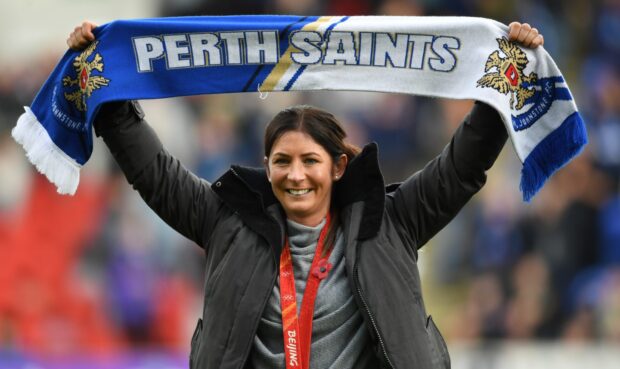A grammar column isn’t the right place to talk about the Queen. This is a subject superbly covered in today’s impressive Courier pull-out by higher skilled, better informed, and more insightful writers than me.
However, Elizabeth II’s sad passing perhaps gives me cause to mention the Queen’s English. Another name for it is RP (Received Pronunciation). The sort of English you heard on black-and-white newsreels.
RP was adopted by newsreaders and announcers in the belief that it was a non-regional accent to be instantly understood by everyone whether they lived in Unst in Shetland in the north, Lizard in Cornwall in the south, or any point between.
It was an attempt to give clarity and precision to speech, in the same way good grammar ensures precision when writing.
It used to be associated with the royal family, although they modified the way they spoke over the decades.
Some, especially north of the Border, grew to dislike the modulated tones of RP. It grated on their ears. “Not the way we talk”, was the cry.
It eventually became caught up in that most difficult British concept: class. It was mocked (and one finds that it still is) and as the years went on was regarded as pretentious.
The charge was that it was a forced accent, an attempt to merely sound posh. My mother would have said “hoity-toity”, or “speaking with bools in the mooth”.
Even the poshest of posh people in Scotland didn’t naturally speak that way.
However, it must be acknowledged that the good grammar I promote and cherish in this column could be described as the written equivalent of received pronunciation.
I like proper rules. I like refined punctuation, elegant sentences, a high class of word selection. I like flow and structure: a beginning, a middle, and an end. I admire majestic, inspiring prose. I look down upon tautology, hyperbole, and gutter words.
I write like coverage of the high jump at the 1952 Olympics sounds!
Here’s a question then: if RP grates, does good written English annoy people too? Is it seen as pretentious? Is it mocked? Does it carry a taint of that old-fashioned concept “ideas above your station”?
I will deliver a resounding “no” to the above questions.
The idea of good communication, with proper rules, distinct meanings, correct spelling, and well-placed punctuation belongs to everyone.
It doesn’t matter what class you are, or think you are. Or whether you even recognise the concept of a social class. Being clearly heard and easily understood is a basic human right that stands above any class, creed, or cultural division, any border, any barrier, any delineator we might imagine.
Writing has no accent.
Word of the week
Reginal (adjective)
Queenly, queenlike. EG: “A woman of reginal dignity and diplomacy, universally respected and admired.”
Read the latest Oh my word! every Saturday in The Courier. Contact me at sfinan@dctmedia.co.uk










